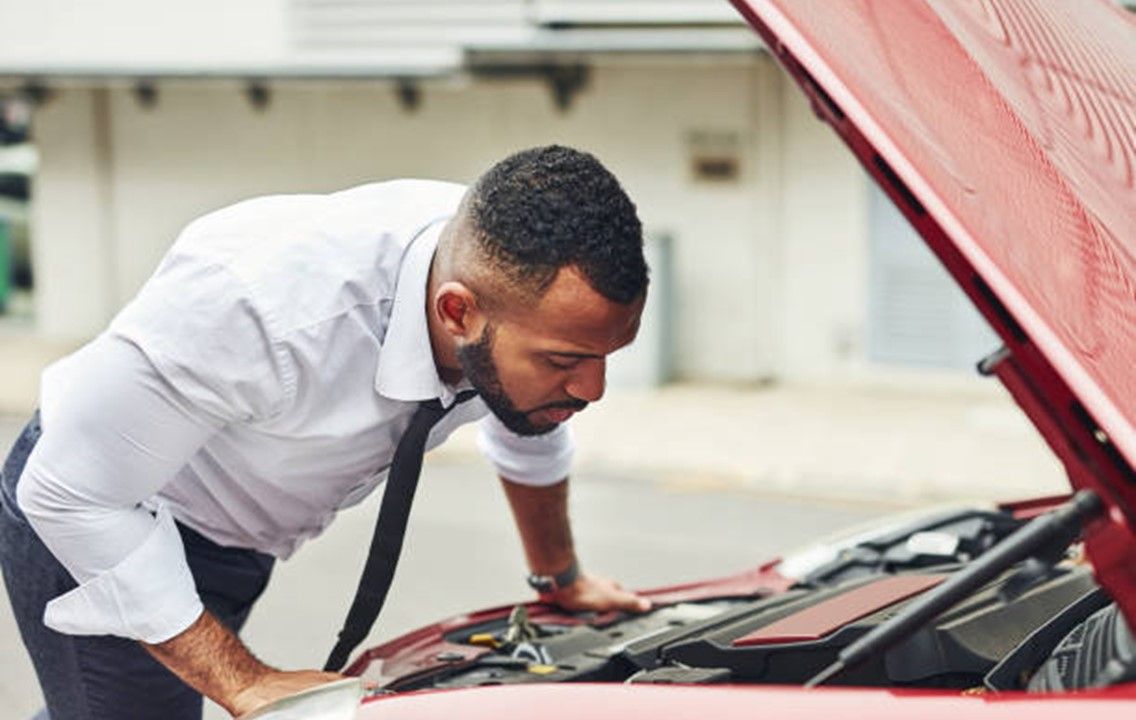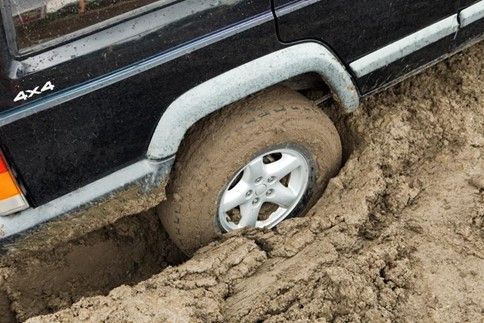5 Things to Do If Your RV Breaks Down
September 8, 2020

An RV is supposed to give you the freedom to travel and vacation with your family, but it can become suddenly confining if you find yourself broken down on the side of the highway. Knowing what to do can help minimize the stress of a roadside emergency.
1. Set Up For Safety
Staying safe means steering the RV as far onto the shoulder as you possibly can. Once you are safely on the shoulder, you must leave the vehicle to set up safety cones. Any standard orange reflective cone will work, but you may want to have light-up cones on hand in the event of a night breakdown. Follow the same regulations as those for big rig trucks when setting up the cones -- place the first cone 10 feet behind the RV, the second at 100 feet, and the third at 200 feet.
Once the cones are placed, everyone should remain inside the tow vehicle or the motorhome, with seat belts firmly secured. This will help guard against injury in the event a collision occurs.
2. Troubleshoot the Issue
You need some idea of the trouble before calling for help. First, determine whether the issue is with the RV or the tow vehicle (if applicable). Next, try to determine if the issue will require a tow or roadside assistance. Examples of problems that won't require a tow include flat tires or being out of gas.
Mechanical breakdowns, on the other hand, will likely require a tow to a shop. This includes engine trouble, broken axles, and anything else that prevents you from moving the RV safely without a more in-depth repair.
3. Contact the Correct Service
It's time to call for help once you have a rough idea of the problem. If the RV or motorhome is experiencing a breakdown, you will need to call a service that can provide a heavy-duty tow truck. Often, these are the same trucks that are used to tow semi-trucks that break down. If the problem is with the tow vehicle, you may need two tow trucks -- one to haul the RV and one for the tow vehicle. For problems that can be fixed on the side of the road, such as a flat, you only need to contact a roadside assistance service.
Keep in mind as you decide on who to call that you may have towing or roadside assistance coverage. Your insurance plan or membership in an RV club may include roadside assistance, so check your memberships and policies prior to making the call.
4. Find a Shop
You need to know where to tow the RV before the tow truck arrives. Not all shops service RVs. The tow service may be able to make some recommendations when you contact dispatch, and you can then call these shops for information while you wait for a tow. You can also contact campgrounds and camping supply stores in the area. These businesses deal with thousands of RVers every year, so they are often intimately aware of the reputation of the various shops in the area.
Mobile RV repair may also be an option, which will allow you to stay in the RV while it is being worked upon. Make sure the campground you are towed to allows repair work on the grounds. You should first call for a diagnostic visit before the tow so that you can verify the problem is something a mobile mechanic can repair. Further, verify that the mechanic is licensed and insured.
5. Make Stay Over Plans
One of the most stressful parts of an RV breakdown is that your home on wheels will likely be in the shop. The best case scenario is if the problem is with the tow vehicle, you can have the RV towed to a campground so you have somewhere to stay.
For a broken down motorhome, your only option will likely be to rent a hotel room. Most repair shops will not allow you to stay in the RV while it is on their property due to liability issues.
Contact
AA Wrecker Service for full service towing and roadside assistance if your RV breaks down on the side of the road.

This guide provides essential tips for towing your motorcycle securely, whether you're handling a breakdown, transporting over a long distance, or in an emergency situation. Understand the key factors of motorcycle towing, from selecting the proper trailer or tow truck to securing your bike correctly to avoid damage. Learn how to ensure safe transport by checking weight capacity, using a wheel chock for stability, and driving cautiously.
Read this blog to learn why you should call a towing service after a vehicle accident to ensure the safety and preservation of your vehicle.
Discover essential roadside safety tips for staying safe when your car breaks down. From pulling over safely to using your emergency kit, learn how to handle car trouble confidently and ensure your safety on the road.
Every car owner fears breaking down. Read our blog to learn why you need a professional towing service if you break down and why DIY isn't enough.
Dealing with an abandoned vehicle can be inconvenient. Read our blog to learn why you should call a professional abandoned vehicle towing service.
Understanding the potential reasons for needing a motor home tow and how to prepare for such an event can save you time. Read on to learn more.
Your vehicle can break down at any place and at any time. Learn about some of the main reasons why cars might suddenly break down.








